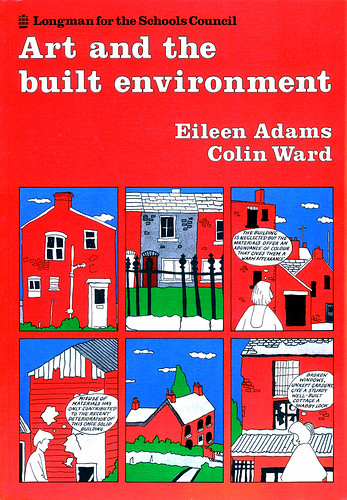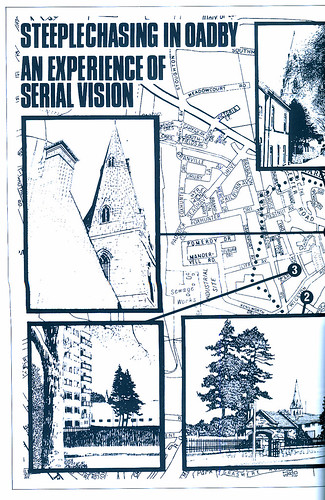The great topographical writer SPB Mais, was thinking of how to explore England in general when he wrote the words below. But you can take them as a guide to how you might go about re-experiencing Maidstone.You can no more see England from a main arterial road than you can see her from the air. What you can see from the newly constructed roads is a garish rash of scarlet, the unhealed wound of a land laid waste.
Hikers travel on foot, but they see nothing of England, for two reasons. They travel too fast, and they walk, as starlings fly, in multitudes.
It is not enough to travel on foot. You must learn to saunter as Charles II, Richard Jefferies, W.H. Hudson, and Edward Thomas sauntered, and you must learn to saunter alone.You travel alone, not because you are unsociable, but because you are sociable. In a crowd you just nod in passing to the shepherd or road-mender. When you are alone you make friends with every passer-by. All England talks to you.
You travel alone, secondly, to meet yourself. All the rest of the year you are part of the machine. You work with the herd, take your pleasures with the herd. But alone in the quietude of the country you find yourself. You are at last finding out your own tastes, testing your own unforced reactions.
So make up your mind to be bound by no programme, to travel with complete irresponsibility, to start nowhere in particular, and the odds are that you will catch a glimpse of England that is vouchsafed only to the privileged few.
What you are looking for is as elusive as the faery music of the piper at the gates of dawn. What you see may be incommunicable to others, but it will provide you with a vision that may well alter the whole of your outlook on life.
Solitary, slow, and wayward are the keywords.
In England you cannot go wrong so long as you keep to the unknown.
You and I are likely to go to Paradise by way of Kensal Green, but our ancestors lie buried in the long barrows that strew the banks of Minchinhampton. Where they are traces of earliest man there is beauty.
So if you would find loveliness, tread the ancient tracks that top the Wiltshire downlands. The smooth green undulations will soothe your harassed mind as nothing else can.
It is impossible in the hurly-burly of the market-place to acquire or to keep any values at all. Only when we are striding the high hills alone can we take stock of ourselves, our desires, and our relation to this world and the next.
Abridged from ‘England’s Character’, SPB Mais 1936, pgs. 14-22.
You can read Pt. 1 of SPB Mais' Proto Situationist Manifesto,
Advice for Derivers (circa 1930), here






